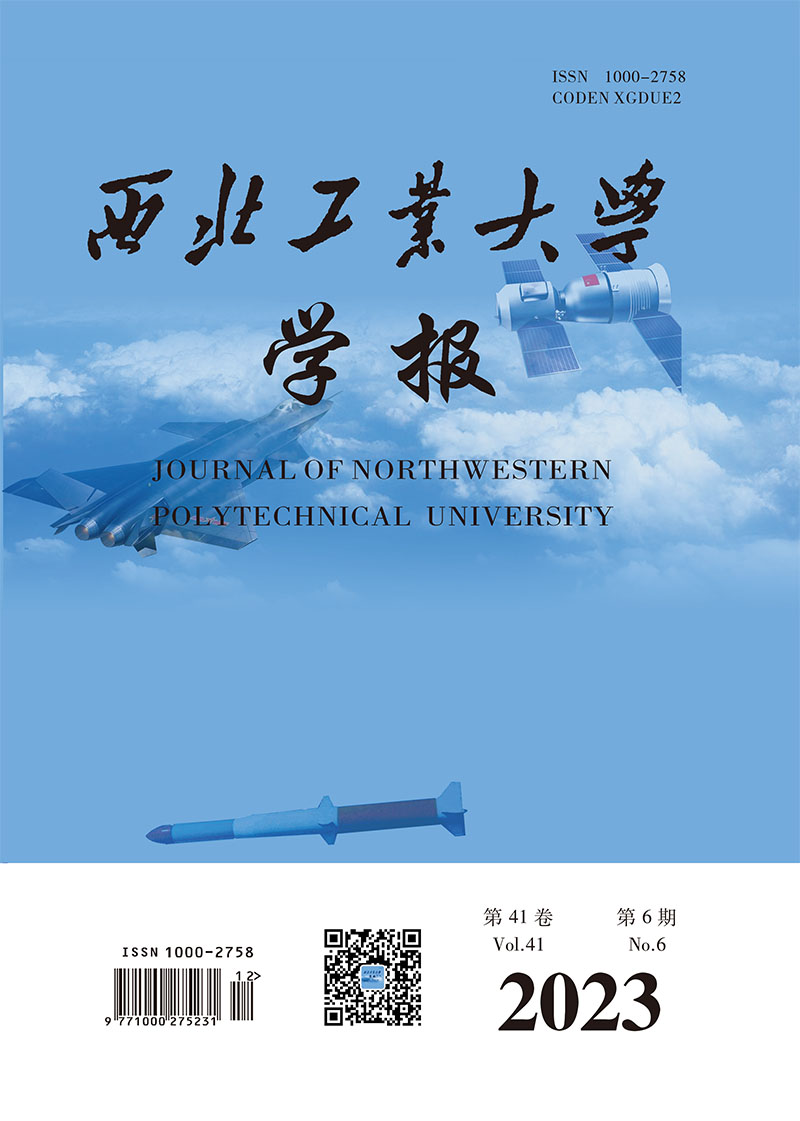基于分散注意残差网络的红外与可见光图像融合算法
Q3 Engineering
引用次数: 0
摘要
In infrared and visible light image fusion algorithms, the loss of image information is always a key issue that restricts the improvement of fusion image quality. Therefore, a infrared and visible light image fusion algorithm based on split attention residual network is proposed, which uses a deep residual network with split attention module to expand receptive field and improve cross channel information fusion ability, Using smooth maximum unit functions as activation functions to further improve network performance; After feature extraction, zero phase component analysis and normalization algorithm are used to obtain fusion weights and complete image fusion. The experimental results show that the fused image has rich details and sharp edges; Compared with the classic six algorithms, it has improved to varying degrees in indicators such as peak signal-to-noise ratio, structural similarity index measurement, and gradient based fusion performance.本文章由计算机程序翻译,如有差异,请以英文原文为准。
Infrared and visible image fusion algorithm based on split-attention residual networks
在红外和可见光图像融合算法中, 图像信息的丢失始终是制约融合图像质量提升的关键问题, 为此, 提出了一种基于拆分注意力残差网络的红外和可见光图像融合算法, 使用带有拆分注意力模块的深层残差网络拓展感受野和提高跨通道信息融合能力, 运用平滑最大值单元函数作为激活函数进一步提升网络性能; 特征提取后运用零相位分量分析和归一化算法得到融合权重后完成图像融合。实验结果表明, 融合后的图像细节丰富, 边缘锐利; 在峰值信噪比、结构相似性指数度量和基于梯度的融合性能等指标上与经典的6种算法相比均有不同程度提升。
求助全文
通过发布文献求助,成功后即可免费获取论文全文。
去求助

 求助内容:
求助内容: 应助结果提醒方式:
应助结果提醒方式:


